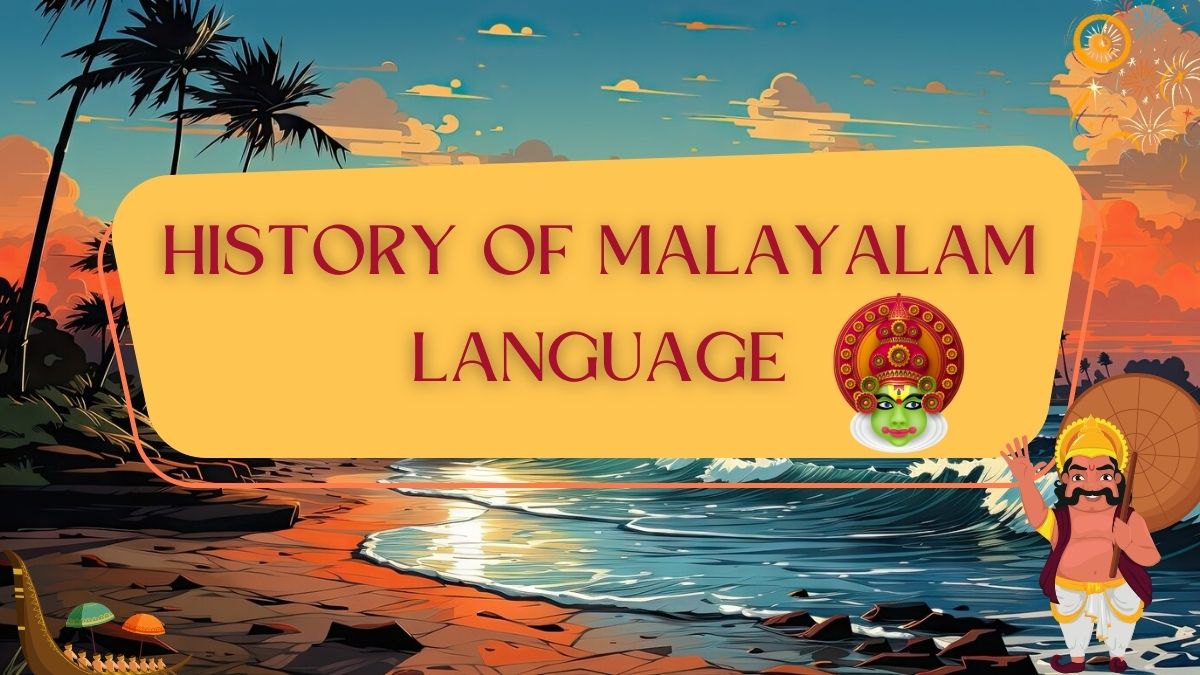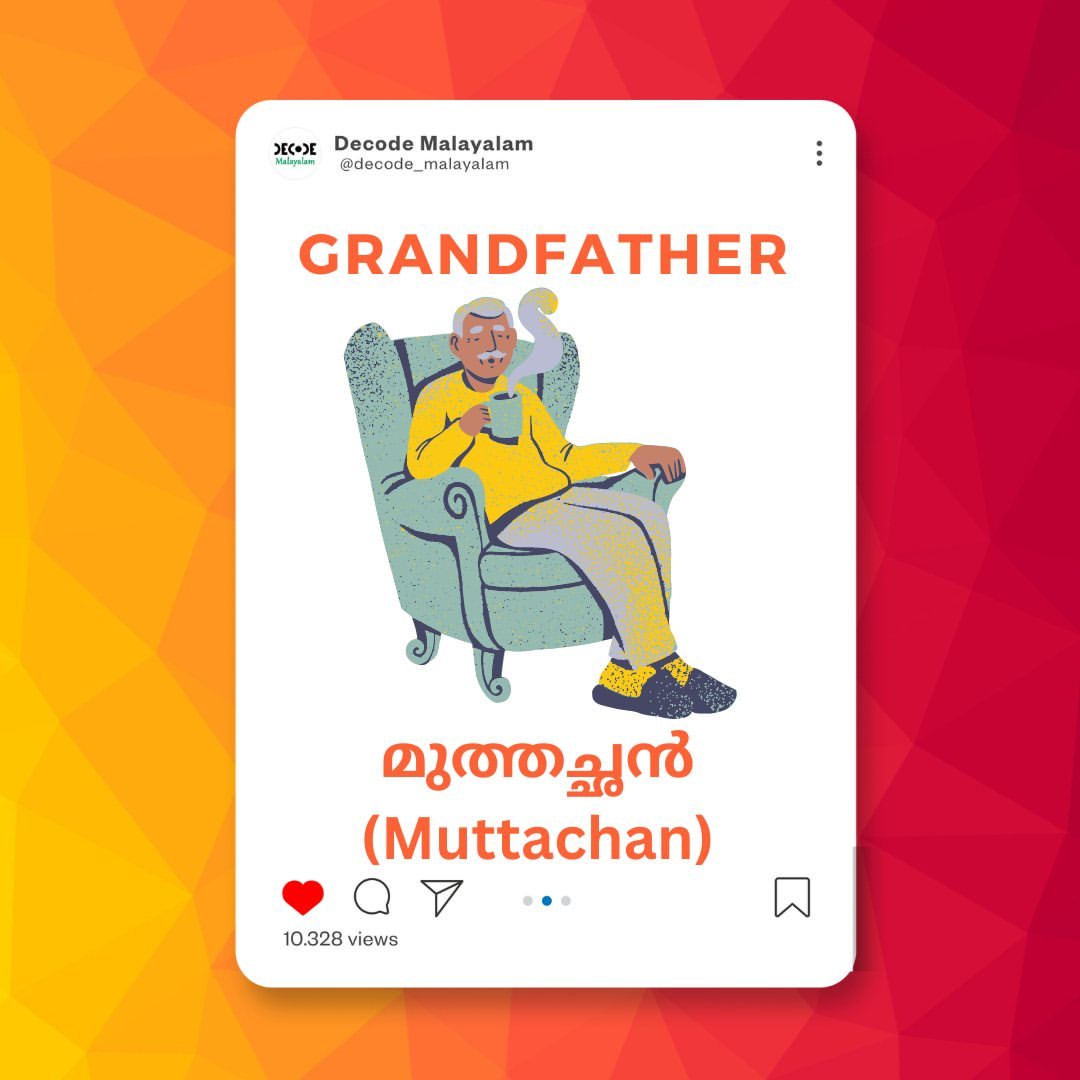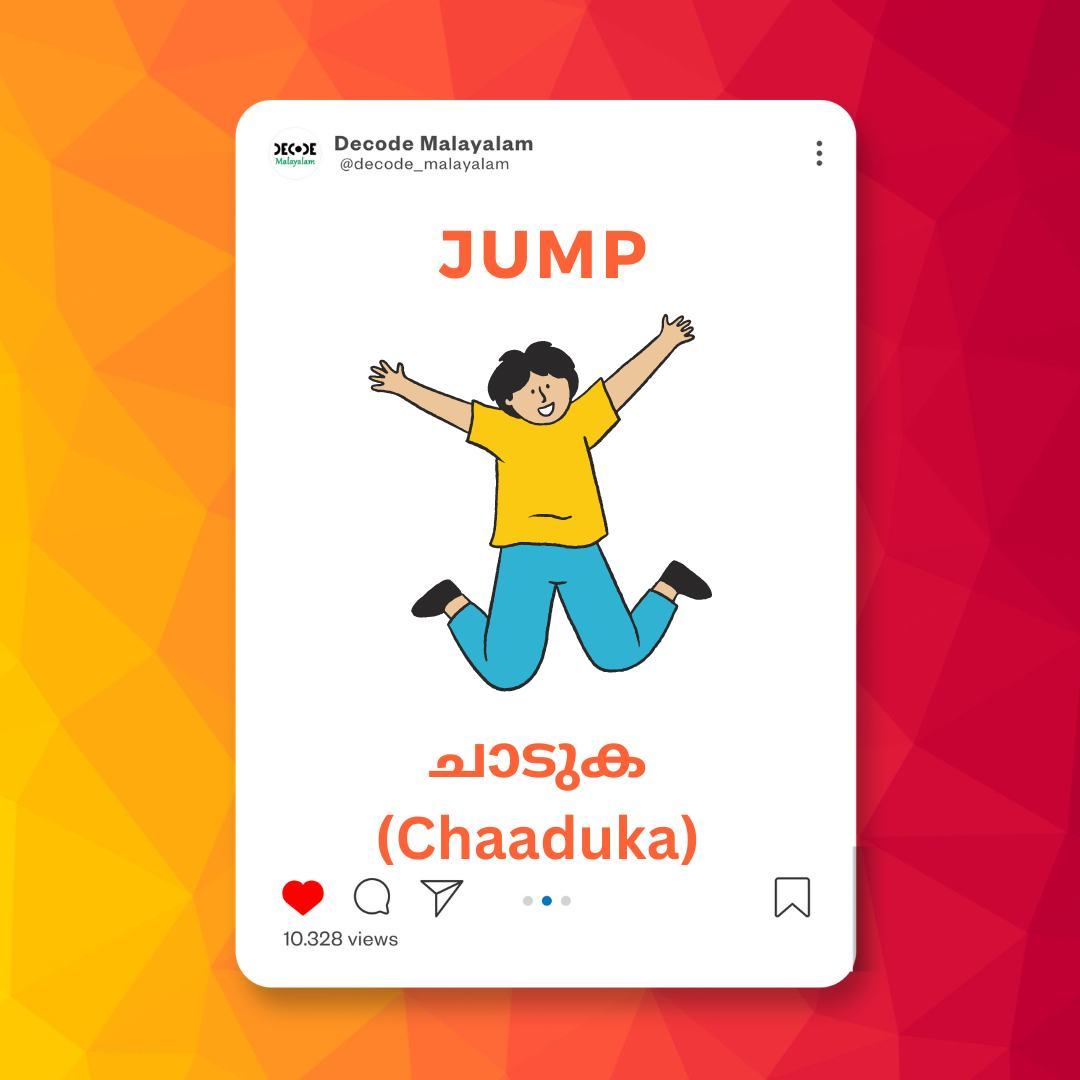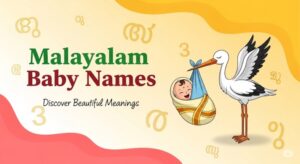Welcome to a journey through time as we explore the rich and fascinating history of the Malayalam language. From its ancient origins to its modern-day significance, Malayalam has played a pivotal role in shaping the cultural landscape of Kerala and beyond. Join us as we uncover the stories, influences, and evolution of this beautiful language that continues to captivate hearts and minds around the world. Let’s delve into the past and discover why Malayalam is more than just words on a page – it’s a vibrant reflection of centuries of tradition, resilience, and creativity.
Introduction to the Malayalam Language
Malayalam is a language that holds a special place in Indian culture and history. It is one of the 22 official languages of India and is primarily spoken in the state of Kerala, located on the southwest coast of the country. With over 38 million native speakers, Malayalam is also spoken in neighbouring states such as Tamil Nadu and Karnataka, making it one of the most widely spoken Dravidian languages.
The origins of Malayalam can be traced back to the 9th century when it evolved from Proto-Tamil-Malayalam, an ancient language that was used by early inhabitants of southern India. However, its literary development can be dated back to the 13th century with works such as Ramacharitam and Thirunizhalmala being some of the earliest known pieces written in Malayalam.
One unique aspect of Malayalam is its rich blend of various cultural influences. The language itself has borrowed words from different sources including Sanskrit, Tamil, Arabic, Persian, Portuguese, and English. This reflects Kerala’s long history as a trading hub for spices and other commodities with foreign countries.
Another interesting fact about Malayalam is its writing system. It uses a syllabic script known as Vattezhuthu or Kolezhuthu which originated from Brahmi script used in ancient south India. Over time, this script evolved into modern-day Malayalam script that we see today called “Kairali Lipi”. The use of this unique writing system has played a significant role in preserving traditional literature and scriptures throughout history.
Malayalam has also been influenced by various religions prevalent in Kerala including Hinduism, Christianity,and Islam. As these religions spread across the region throughout different eras,the vocabulary and grammar structure have been shaped by their respective cultures.This makes Malayalam an extremely diverse language with many dialects,some bearing heavy influences from other languages while others maintain more traditional roots.
Today, Malayalam is not just a language but also an integral part of Kerala’s identity. It serves as a medium for expressing cultural values, traditions, and beliefs through literature, music,and movies. The language has also seen tremendous growth in the digital age with the rise of social media and online content creators using Malayalam to connect with audiences worldwide.
In conclusion,Malayalam is a language that has stood the test of time and continues to thrive in modern society. Its rich history,cultural influences,and unique writing system make it a truly fascinating language worth exploring. In this blog series, we will delve deeper into the evolution of Malayalam and its contributions to Indian literature and culture. So stay tuned for more interesting insights into this beautiful language!
Origins of Malayalam
The origins of Malayalam can be traced back to the Dravidian family of languages, specifically the southern branch. It is believed that the language evolved from a combination of Tamil and Sanskrit, with influences from other neighboring languages such as Kannada and Telugu.
One theory suggests that Malayalam originated from Tamil during the Pandyan Kingdom in the 8th century CE. The Pandyas were known for their patronage of literature and poetry, and it is believed that they encouraged the development of a new language by combining Tamil with elements of Sanskrit. This resulted in a unique blend of both Dravidian and Indo-Aryan influences, giving birth to modern-day Malayalam.
Another theory states that Malayalam was formed when Brahmin migrants from Northern India arrived in Kerala around 300 BCE. These migrants brought with them Sanskrit words and grammatical structures which gradually merged with the existing Dravidian languages spoken by the locals. Over time, this fusion gave rise to what we know today as Malayalam.
Evidence also suggests that ancient trade relations between Kerala and other regions played a significant role in shaping Malayalam’s origins. As traders traveled along coastal routes, they brought along different cultural practices and linguistic influences which were incorporated into the local dialects. For example, words such as “chaya” for tea and “panam” for money have their roots in Portuguese due to trading activities during colonial times.
The oldest known literary works in Malayalam date back to the 12th century CE, known as Ramacharitam and Bhaskara Ramayanam. These works are considered significant milestones in Malayalam literature, showcasing how much the language had developed since its inception.
Malayalam also has strong ties with religious traditions such as Hinduism and Christianity. Many ancient Hindu texts were translated into Malayalam during medieval times, further enriching its vocabulary with Sanskrit words related to religion, philosophy, and mythology. Similarly, the arrival of Christianity in Kerala introduced Syriac and Hebrew words into Malayalam, adding to its linguistic diversity.
The origins of Malayalam are deeply rooted in history and have been shaped by various cultural, religious, and trade influences over time. Its development is a testament to the diverse and rich heritage of Kerala and continues to evolve as new words are added from different languages.
Influence of Other Languages on Malayalam
Malayalam is a unique language that has been greatly influenced by various other languages throughout its history. This influence can be seen in the vocabulary, grammar, and even the writing system of Malayalam.
One of the earliest influences on Malayalam was from Sanskrit, an ancient language that is considered to be the mother of many Indian languages. The close proximity and cultural exchanges between Kerala and ancient kingdoms like Chera, Chola, and Pandya led to a significant impact of Sanskrit on Malayalam. As a result, more than 60% of Malayalam vocabulary is derived from Sanskrit words.
The influence of Tamil cannot be overlooked when talking about the development of Malayalam. Tamil has had a strong presence in Kerala for centuries and has contributed immensely to the evolution of Malayalam. Many grammatical structures and syntactic patterns in Malayalam have been borrowed from Tamil. In fact, it is believed that around 35% of words in modern-day Malayalam are derived from Tamil.
Arabic also played a crucial role in shaping the vocabulary of Malayalam as it was introduced through trade relations with Arab merchants. Words related to religion, administration, and commerce were adopted from Arabic into Malayalam. Today, around 13% of words in spoken Malayalam have Arabic origins.
The Portuguese arrival in India during the 15th century brought yet another wave of linguistic influence on Malayalam. With their colonization came new words related to navigation, warfare, and trade which became part of everyday usage among locals. The Dutch and British also left their mark on the language with their trading activities.
In recent times, English has become one of the major influences on modern-day Malayalam due to its widespread use as a global language. The British rule over India led to English being introduced into schools as a medium for education which resulted in many loanwords entering into daily use among native speakers.
Apart from these major influences, there are also smaller contributions from languages like Hindi, Urdu, and Persian. This is due to the migration of people from these regions to Kerala for trade or employment purposes.
The continuous influence of other languages on Malayalam has not only enriched its vocabulary but has also shaped its unique identity. It is a testament to the language’s ability to adapt and evolve with the changing times while still retaining its cultural roots.
Evolution and Development of the Language
The evolution and development of the Malayalam language is a fascinating journey that spans over thousands of years. The earliest traces of Malayalam can be found in inscriptions from the 3rd century BCE, making it one of the oldest languages in India. Over time, this ancient Dravidian language has undergone significant changes and transformations to become the vibrant and diverse language that it is today.
One of the major influences on the evolution of Malayalam was its proximity to other languages such as Tamil, Sanskrit, and Arabic. As a result, these languages have had a significant impact on the vocabulary and structure of Malayalam. For instance, Sanskrit loanwords were introduced into Malayalam through trade and cultural interactions with neighboring kingdoms. This led to an increase in literary works written in Sanskritized Malayalam during the medieval period.
The advent of Christianity also played a crucial role in shaping the development of Malayalam. With Christianity came contact with European missionaries who introduced new scripts such as Roman or Latin script for writing Malayalam. This resulted in an influx of new words borrowed from Portuguese, Dutch, French, and English into the language.
Another significant event that shaped the evolution of Malayalam was British colonialism. During this period, English became prevalent in government institutions and education centers leading to further incorporation of English words into everyday usage. Furthermore, numerous printing presses were established which helped spread literacy among people and encouraged them to write in their native tongue.
In terms of its written form, early forms of writing included Vattezhuthu (a script derived from Brahmi) and Kolezhuthu (derived from Grantha). However, by the 19th century with increased exposure to Western education systems, modern-day script known as Malayanma or ’rounded letters’ emerged as a preferred form for writing Malayalam.
With independence came efforts towards standardization and modernization of the language which led to significant developments like the establishment of the Kerala Sahitya Akademi (Kerala Literary Academy) in 1956. This institute played a pivotal role in promoting and preserving the rich literary heritage of Malayalam and also helped in reviving ancient literary forms such as Manipravalam, which was a mixture of Sanskrit and Malayalam.
The evolution and development of Malayalam can be seen as a continuous process that has been shaped by various historical, cultural, and social influences. Despite these changes, the language has managed to retain its unique identity while adapting to modern times. Today, Malayalam is not only one of the official languages of India but also a symbol of Kerala’s rich cultural heritage.
Significant Figures in the History of Malayalam Literature
The rich and diverse history of Malayalam literature can be traced back to more than a thousand years. Over the centuries, numerous writers have contributed to the growth and development of this language, making it one of the most prominent literary traditions in India.
One of the earliest significant figures in Malayalam literature is Thunchaththu Ezhuthachan, also known as “the father of modern Malayalam language.” He lived during the 16th century and is believed to have standardized the language by introducing new grammar rules and writing styles. His works include Adhyathmaramayanam, which is considered a masterpiece in Sanskrit literature.
Another renowned figure in the history of Malayalam literature is Kunjali Marakkar IV, who was a naval chief and a poet. He gained popularity for his epic poem “Sulthan Mahmud” which narrates the life story of a legendary Muslim warrior. The poem showcases his mastery over both Tamil and Sanskrit languages and remains an important cultural work even today.
During the 19th century, Vaikom Muhammad Basheer emerged as one of the most prolific writers in Malayalam literature. Known for his simplistic yet powerful style, Basheer wrote about social issues such as poverty, casteism, and inequality through his novels like “Balyakalasakhi” (Childhood Friend) and “Pathummayude Aadu” (Pathumma’s Goat).
In contemporary times, O.V Vijayan made significant contributions to modern Malayalam fiction with his iconic novel “Khasakkinte Itihasam” (The Legends of Khasak). This novel challenged traditional conventions by blending elements of realism with surrealism. Vijayan’s unique style earned him both critical acclaim and popular recognition.
Other notable figures in contemporary Malayalam literature include M.T Vasudevan Nair, who is known for his powerful storytelling and thought-provoking themes, and Kamala Surayya (also known as Madhavi Kutty), a feminist writer whose works explored taboo topics such as sexuality and women’s rights.
The evolution of Malayalam literature has also been greatly influenced by its poets. One of the most celebrated poets in Malayalam literature is Vallathol Narayana Menon, who founded the Kerala Kalamandalam, an institution dedicated to preserving traditional performing arts. His poems are known for their lyrical beauty and have inspired generations of writers.
The history of Malayalam literature is a rich tapestry woven together by the contributions of many significant figures. These writers and poets have not only shaped the language but also reflected the social, cultural, and political landscape of their times through their works. Their legacy continues to inspire budding writers and readers alike.
Unique Characteristics and Features of the Language
The Malayalam language, also known as “Malayalabhasa,” is a unique and ancient language that has evolved over centuries. It is primarily spoken in the Indian state of Kerala and in some parts of Tamil Nadu and Karnataka. The language belongs to the Dravidian family, one of the oldest language families in the world, with its roots dating back 4000 years.
One of the most distinctive features of Malayalam is its script. Unlike other Dravidian languages which are written from left to right, Malayalam follows a unique writing system called “Vattezhuthu” or “Round Script.” This script is written from left to right in horizontal lines but with a slight curvature that gives it a circular appearance. The script has 54 Malayalam letters, including vowels and consonants, making it one of the largest alphabets used for writing an Indian language.
Another interesting characteristic of Malayalam is its rich vocabulary borrowed from various languages such as Sanskrit, Tamil, Hindi, Arabic, Portuguese and English due to its extensive trade relations with these regions throughout history. This influx of words has made Malayalam a highly versatile and adaptable language.
The structure of Malayalam grammar is also quite distinct compared to other Dravidian languages. It has three grammatical genders – masculine, feminine and neuter – unlike other South Indian languages that have only two genders. Along with this, there are plural forms for nouns based on gender rather than just number like in most Indo-European languages.
Moreover, another remarkable aspect about Malayalam is its pronunciation system which includes five basic vowel sounds along with long vowels and diphthongs (combination of two vowel sounds). These diverse vowel sounds make it challenging for non-native speakers to learn but add richness to the oral expression in the language.
Furthermore, like many other ancient languages around the world, Malayalam also has different levels of politeness embedded within its vocabulary through honorifics and polite forms of verbs. This feature showcases the culture’s emphasis on respect and hierarchy.
Malayalam is also known for its poetic beauty. The language has a rich literary tradition dating back to the 9th century, with eminent poets like Thunchathu Ezhuthachan, who wrote the first epic poem in Malayalam called “Adhyatma Ramayanam.” The language is also known for its extensive use of metaphors and allegories in literature, making it a treat to read and listen to.
Malayalam stands out as a unique language with its distinctive script, vocabulary borrowed from various languages, complex grammar structure, diverse pronunciation system and poetic richness. It continues to evolve over time while still preserving its ancient roots and cultural heritage.
Role of Decode Malayalam in Preserving and Promoting the Language
Decode Malayalam is a language preservation and promotion initiative that aims to bring the beauty of the Malayalam language to a wider audience. The role of this initiative in preserving and promoting the language cannot be overstated. It has played a significant role in ensuring that this rich language continues to thrive and evolve, despite various challenges.
One of the primary ways in which Decode Malayalam has contributed to the preservation of the language is through its efforts in documenting and archiving various forms of literature written in Malayalam. This includes ancient manuscripts, traditional folk tales, poems, and contemporary literary works. By digitizing these texts and making them easily accessible online, Decode Malayalam has helped safeguard these valuable pieces of literature from being lost or forgotten over time.
Additionally, Decode Malayalam has also played a crucial role in promoting the language by providing resources for those interested in learning it. Through their website and social media platforms, they offer lessons on basic conversational skills as well as more advanced grammar rules. They have also created a platform for native speakers to share their knowledge and expertise with non-native learners through virtual classes and workshops.
Moreover, one cannot overlook the impact that Decode Malayalam has had on popular culture. With its engaging content on social media platforms such as YouTube, Facebook, Instagram, and Twitter – this initiative has successfully brought attention to lesser-known aspects of Malayalam culture such as traditional music, dance forms, cuisine, festivals etc. By showcasing these elements with subtitles in English or other languages commonly used globally; they have succeeded in bridging cultural gaps while simultaneously promoting pride among native speakers.
In addition to these efforts towards preservation and promotion; Decode Malayalam has also been actively involved in advocating for recognition of the language at national levels. Despite being spoken by over 38 million people worldwide; there have been instances where it hasn’t received adequate representation or respect compared to other Indian languages. However; initiatives like “#Malayalamentoo” have successfully brought attention to these issues and sparked important conversations on language diversity and inclusivity.
The role of Decode Malayalam in preserving and promoting the language is vital. Its efforts towards digitizing and archiving literary works, providing resources for learners, promoting cultural elements, and advocating for recognition have all contributed towards ensuring that Malayalam continues to flourish as a language. With their dedication and determination, we can be hopeful that this initiative will continue to make significant strides towards preserving this beautiful language for future generations.
Importance and Relevance of Learning Malayalam Today
The Malayalam language holds great importance and relevance in today’s world, both culturally and linguistically. With a rich history dating back centuries, it has evolved into a widely spoken language with over 38 million speakers worldwide. In this section, we will explore the significance of learning Malayalam in today’s society.
At its core, learning Malayalam allows individuals to connect with their cultural roots. The language is deeply rooted in the traditions and customs of the people of Kerala and is an integral part of their identity. Through learning Malayalam, one can gain a deeper understanding of the culture, literature, and art forms associated with it. It also opens up avenues for social interactions and fosters a sense of belongingness among members of the community.
Furthermore, as globalization continues to bring people from diverse backgrounds together, knowledge of languages other than English has become increasingly valuable in various industries such as tourism, business, entertainment, and diplomacy. Being fluent in Malayalam can provide individuals with a competitive edge in these fields by allowing them to communicate effectively with native speakers and understand their perspectives better.
For non-native speakers who have migrated to Kerala or have family ties there, learning Malayalam can facilitate smoother integration into the local community. The ability to converse fluently in the language helps build meaningful relationships and eases daily life activities such as grocery shopping or attending cultural events.
Moreover, proficiency in multiple languages has been linked to improved cognitive abilities such as problem-solving skills and memory retention. Studies have shown that bilingualism can delay cognitive decline associated with aging and even prevent age-related diseases like Alzheimer’s. Therefore, learning Malayalam can not only enrich one’s cultural experience but also contribute positively to brain health.
In addition to its practical benefits for individuals, preserving languages like Malayalam is crucial for maintaining linguistic diversity globally. With many indigenous languages facing extinction due to globalization and homogenization of cultures worldwide, there is an urgent need for efforts towards preserving and promoting them. By learning Malayalam, individuals can contribute to this cause and help keep the language alive for future generations.
Learning Malayalam is essential in today’s world for various reasons – from connecting with one’s cultural heritage to improving cognitive abilities and contributing to language preservation efforts. With the availability of online resources and classes, it has become more accessible than ever before. Whether you have a personal or professional interest, taking the time to learn Malayalam is undoubtedly a worthwhile endeavor.
Conclusion: Malayalam’s history is rich and diverse, tracing its roots to Proto-Tamil-Malayalam and evolving through influences from Sanskrit, Tamil, and Arabic. With a unique script and extensive vocabulary, Malayalam reflects Kerala’s cultural heritage. Efforts like Decode Malayalam and contributions from literary figures preserve and promote the language.
Learning Malayalam fosters a deeper connection with Kerala’s culture, enhances cognitive skills, and supports linguistic diversity. Embracing Malayalam is a rewarding journey, offering insights into a vibrant tradition that continues to thrive in the modern world.











